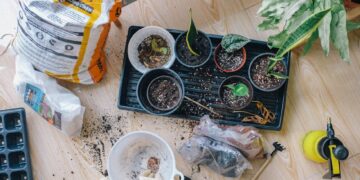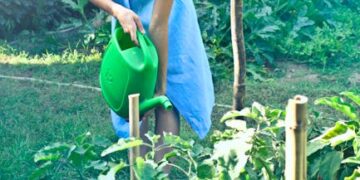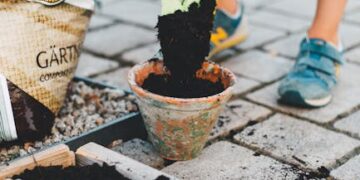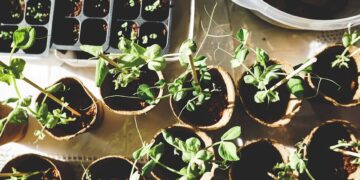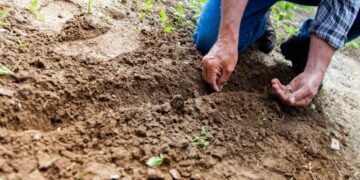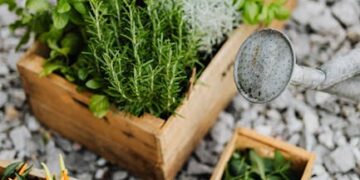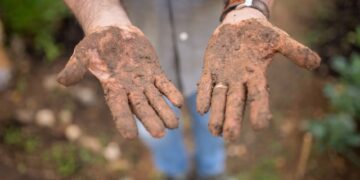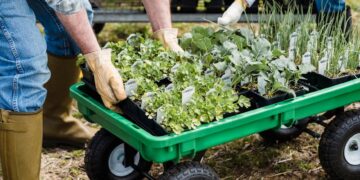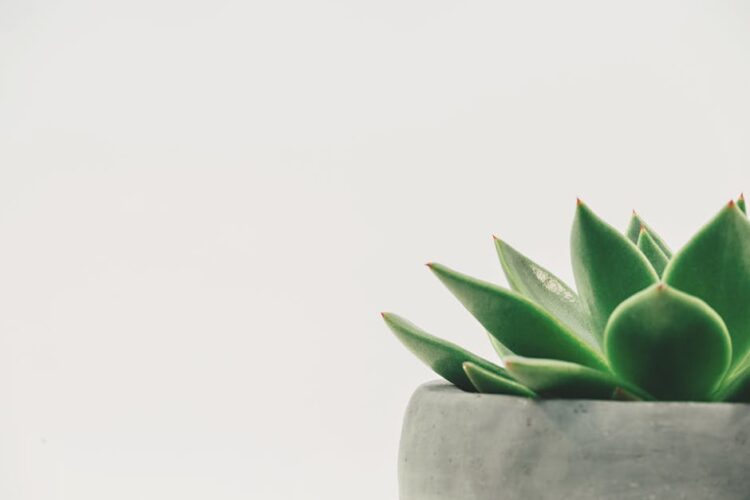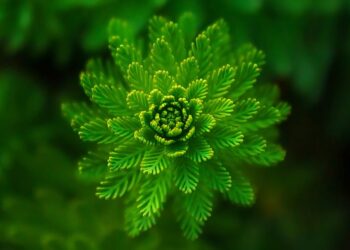Unlock the Secrets of Clay Soil for Thriving Garden Plants
Many gardeners view clay soil as a bane to their gardening activities, envisioning hours of hard work with little reward. However, with the right knowledge and techniques, this dense, nutrient-rich soil type can become a thriving haven for a variety of garden plants. In this guide, we’ll explore how to transform your clay soil into a flourishing garden by understanding its characteristics, improving its condition, and choosing plants that naturally thrive in it.
Understanding Clay Soil
Clay soil is composed of very fine particles that stick close together, creating a tightly packed soil with few air spaces. This structure tends to retain moisture and nutrients but also means that it can be poorly drained and hard to work with. However, the secret to mastering clay soil gardening is turning these characteristics into advantages.
Characteristics of Clay Soil
- Heavy and Dense: Clay is heavier than other soil types due to its fine particles. It can become very compact, which makes it difficult for roots to penetrate.
- High Nutrient Content: Due to its ability to hold onto ions, clay soil is often rich in essential nutrients for plant growth.
- Poor Drainage: Its compact nature means water is held within the soil, leading to waterlogging and poor oxygen supply to the roots during rainy seasons.
Improving Clay Soil
Transforming clay soil into a more hospitable medium for plants requires enhancing its structure and drainage. These improvements make it easier for roots to grow and for water to move through the soil.
Aerating Your Soil
Aeration is crucial for breaking up compact soil and improving drainage. You can aerate clay soil by:
- Manual Aeration: Use a garden fork to manually perforate the soil, which helps air and water to penetrate more easily.
- Adding Grit: Mixing in coarse sand or gravel improves the soil’s texture and prevents it from sticking together too tightly.
Organic Matter is Key
Organic matter, such as compost, rotted leaves, or well-aged manure, can dramatically improve the structure of clay soil. It:
- Increases the soil’s ability to absorb moisture while also improving drainage.
- Helps “lighten” the soil texture, making it easier for roots to grow.
- Introduces beneficial microorganisms and worms that naturally aerate the soil and keep it healthy.
Mulching Magic
Applying a layer of mulch on top of your soil can help in several ways:
- Protects the soil from compacting due to rain impact.
- Keeps the soil moist during dry periods.
- Gradually decomposes into organic matter, thus enriching the soil.
Selecting the Right Plants for Clay Soil
Choosing plants that naturally cope well with the conditions of clay soil can make the difference between struggle and success in your garden.
Best Plants for Clay Soil
| Plant Type | Name | Description |
|---|---|---|
| Flower | Asters | These hardy perennials thrive in heavy clay, brightening gardens with their late-summer blooms. |
| Shrub | Hydrangea | Loves wet soil and rewards with large, lush blossoms. Perfect for clay-heavy areas. |
| Tree | Willow | Willows can handle wet soil and are a picturesque addition to any clay soil landscape. |
Conquering Common Problems
Dealing with Waterlogging
One of the frequent issues with clay soil is waterlogging, especially during rain. To manage this:
- Improve Drainage: Beyond adding organic matter, consider constructing raised beds or drainage channels to help excess water escape.
- Choose Water-Tolerant Plants: Some plants, like willows and daylilies, can handle periods of waterlogging better than others.
Fighting Compaction
Traffic and heavy machinery can further compact clay soil. To prevent this, avoid working on your soil when it’s wet and consider paths or stepping stones to minimize direct contact.
Tips for Maintenance and Sustainability
Maintaining improved clay soil and sustaining its health over time requires consistent effort. Here are some strategies:
- Annual Aeration: Continually aerating your soil each year can prevent it from reverting to its naturally compact state.
- Regular Amendments: Adding organic matter regularly (at least once a year) will continue to improve soil structure and fertility.
- Proper Watering Practices: Learning when and how much to water can prevent over-saturation and take advantage of clay soil’s natural moisture retention abilities.
Conclusion
Understanding and transforming clay soil is not merely a challenge; it’s an opportunity to cultivate a uniquely robust garden. By respecting its nature, improving its structure, and choosing the right plants, you can unlock the secrets of clay soil and enjoy a lush, vibrant garden that thrives against the odds.

